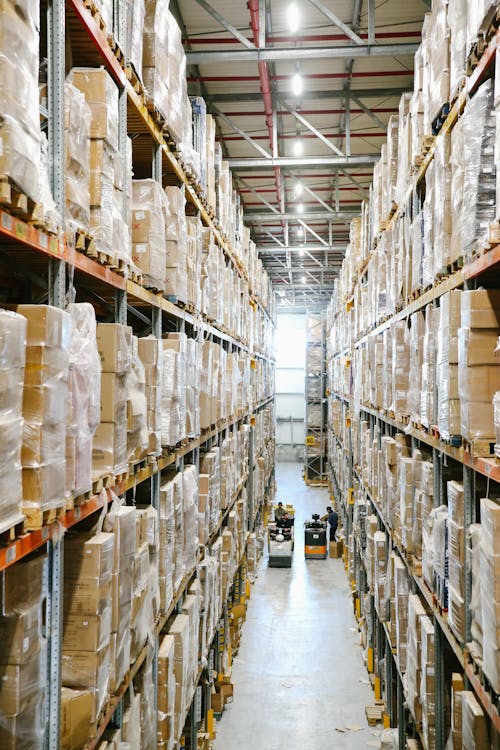Calculating Production Possibility Frontier
The production possibility frontier (PPF) is a curve on a graph that illustrates the possible quantities that can be produced of two products if both depend upon the same finite resource for their manufacture. The PPF is also referred to as the production possibility curve.
PPF also plays a crucial role in economics. For example, it can demonstrate that a nation’s economy has reached the highest level of efficiency possible.
Understanding the Production Possibility Frontier (PPF)
The PPF is the area on a graph representing production levels that cannot be obtained given the available resources; the curve represents optimal levels. Here are the assumptions involved:
- A company/economy wants to produce two products.
- There are limited resources.
- Technology and techniques remain constant.
- All resources are fully and efficiently used.
If a company is deciding how much of each product to produce, it can plot points on a graph representing the number of products made using variables based on amounts of available resources. Considering that resources are limited, if the desire is to produce more of one product, resources must be taken away from the other.
Example
Understanding Production Possibility Frontier (PPF) Calculation
The Production Possibility Frontier (PPF) is an important concept in economics that shows the maximum possible output combinations of two goods or services that an economy can produce, given its resources and technology. The PPF helps visualize the trade-offs that an economy faces when allocating resources between different goods and services. It illustrates the opportunity cost of producing more of one good at the expense of another.
The key concepts in calculating the PPF include:
- Production Possibility Frontier (PPF): The curve showing the maximum feasible production combinations of two goods or services in an economy.
- Opportunity Cost: The cost of forgoing the next best alternative when making a decision to allocate resources.
- Efficiency: Points on the PPF curve represent efficient use of resources, while points inside the curve represent inefficiency.
Calculating the Production Possibility Frontier (PPF)
To calculate the PPF, the following steps are typically followed:
- Identify the two goods or services to be compared.
- Determine the available resources (labor, capital, etc.) and technology.
- Use the PPF formula or graph to calculate the maximum possible production of each good.
Example: If an economy can produce either 100 cars or 500 computers with its available resources, the PPF can be calculated and plotted as follows:
Production Possibility Frontier Formula: \( \text{PPF:} \, \text{Maximum Production of Good A} = \text{Maximum Production of Good B} \) where:
- Good A: One of the goods being produced (e.g., cars).
- Good B: The other good being produced (e.g., computers).
- Resources and Technology: The inputs and methods used to produce the goods.
PPF Calculation:
- Maximum Cars: 100
- Maximum Computers: 500
- At any point on the PPF curve, the economy can produce any combination of cars and computers between these values, but not more than these limits.
The PPF curve shows the trade-off between producing cars and computers. For example, if the economy wants to produce more cars, it will have to produce fewer computers and vice versa.
Factors Influencing the PPF Calculation
Several factors can influence the shape and position of the PPF:
- Resources: The availability of labor, capital, and raw materials affects the PPF.
- Technology: Technological advancements can shift the PPF outward, allowing for higher production of both goods.
- Opportunity Cost: The more of one good that is produced, the higher the opportunity cost in terms of the other good.
- Efficiency: Any point inside the PPF represents an inefficient use of resources, while points on the curve represent efficient production levels.
Real-life Applications of PPF Calculation
The PPF is essential for:
- Understanding the trade-offs faced by an economy in producing different goods.
- Evaluating the opportunity cost of resource allocation decisions.
- Helping policymakers assess how to maximize the use of limited resources.
Steps in Calculating the PPF
When calculating the PPF, the following steps are common:
- Determine the two goods or services being compared.
- Gather information about available resources and technology.
- Plot the maximum possible production of each good on a graph.
- Analyze the trade-offs and opportunity costs involved in resource allocation.
- Interpret the results to understand the efficiency of production.
| Calculation Type | Description | Steps to Calculate | Example |
|---|---|---|---|
| Basic PPF Calculation | Shows the maximum possible output of two goods that an economy can produce, given its resources and technology. |
|
If an economy can produce either 100 cars or 500 computers with its available resources:
|
| PPF for Multiple Goods | Compares the maximum output combinations of multiple goods to understand the trade-offs between them. |
|
For an economy that can produce either:
|
| Impact of Increased Resources on PPF | Shows how increasing resources (e.g., labor or capital) can expand the PPF, allowing for more production of both goods. |
|
If an economy's resources increase, allowing production of 120 cars and 550 computers:
|
| Effect of Economic Growth on PPF | Shows how an increase in economic growth (e.g., technological advancement) can expand the PPF. |
|
If technological advancements improve the production process, increasing output to:
|










